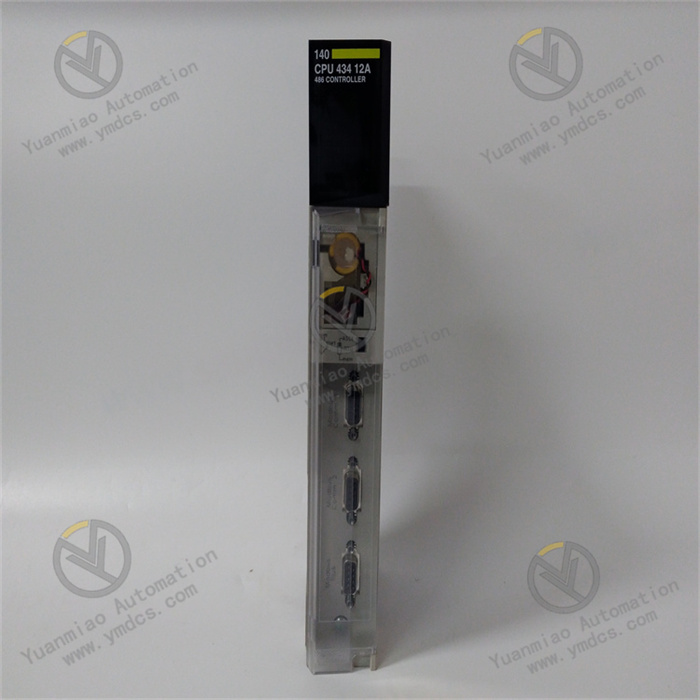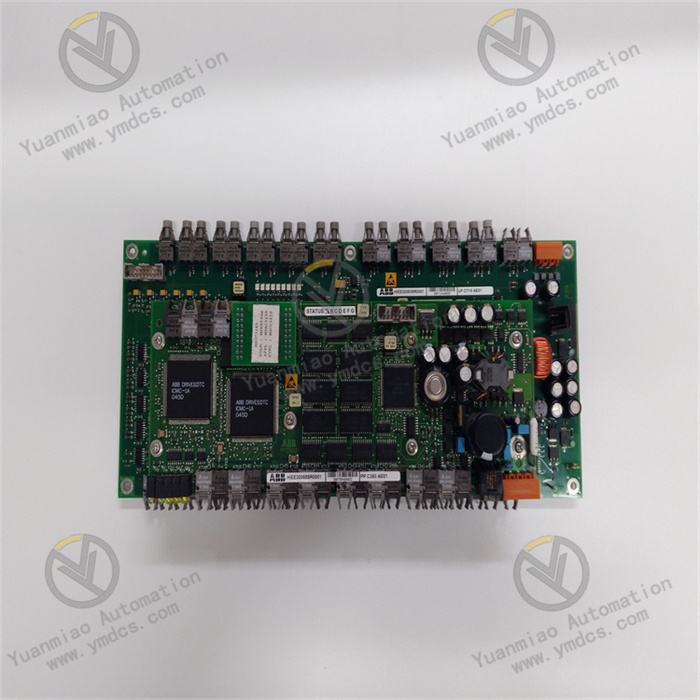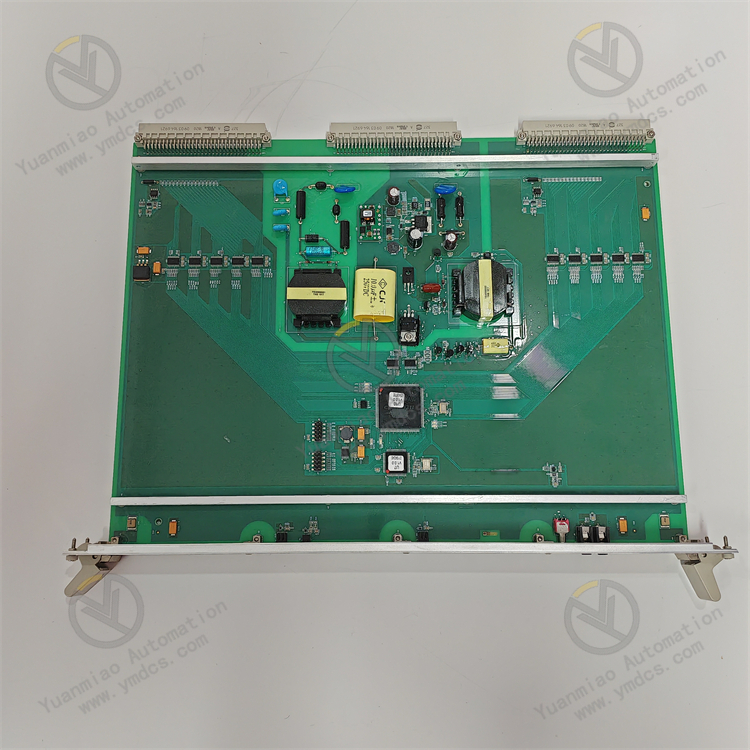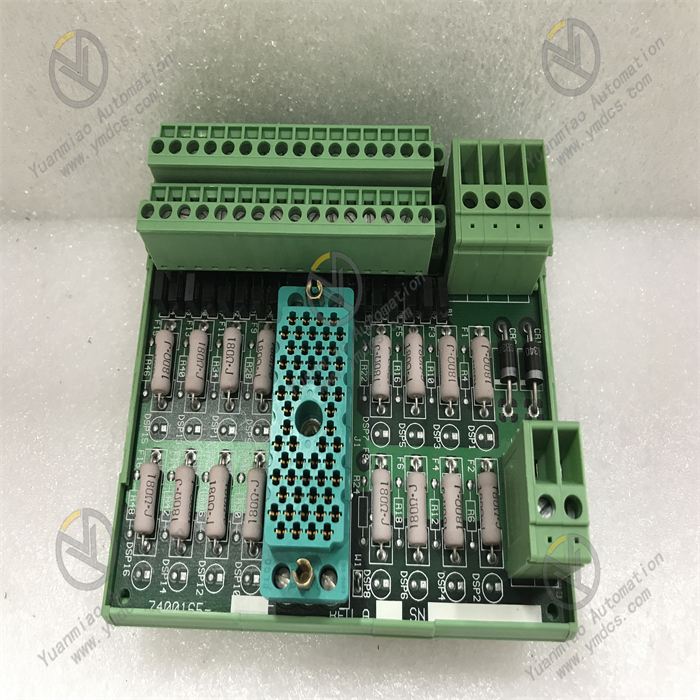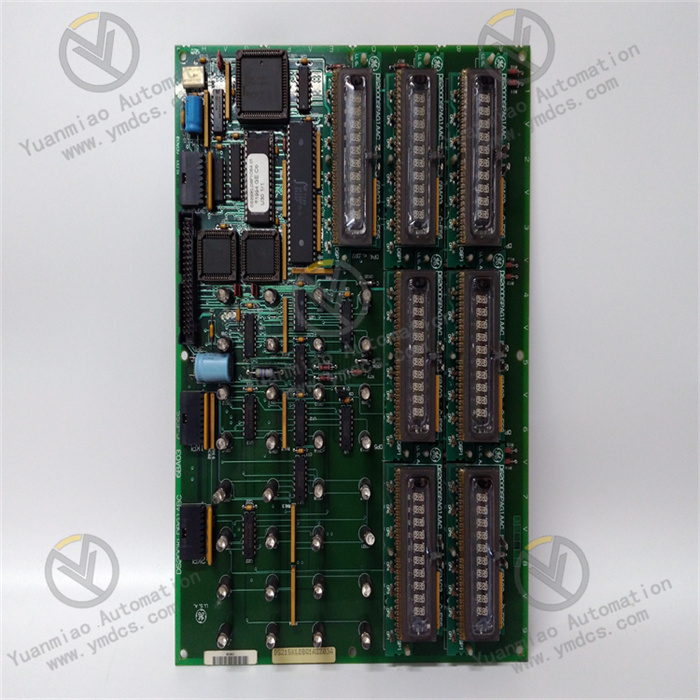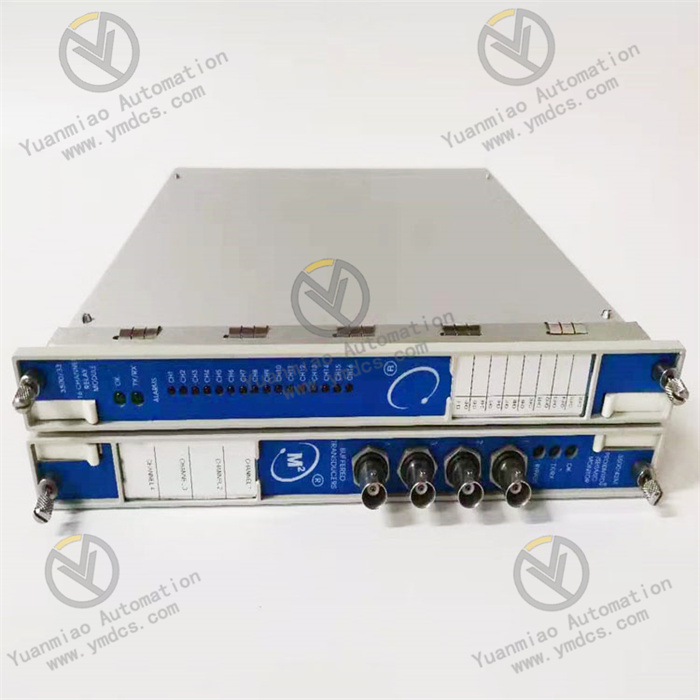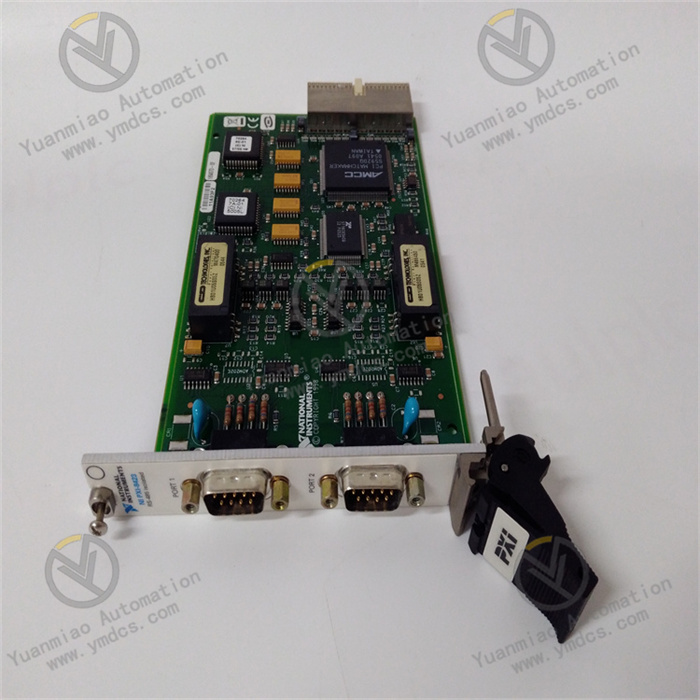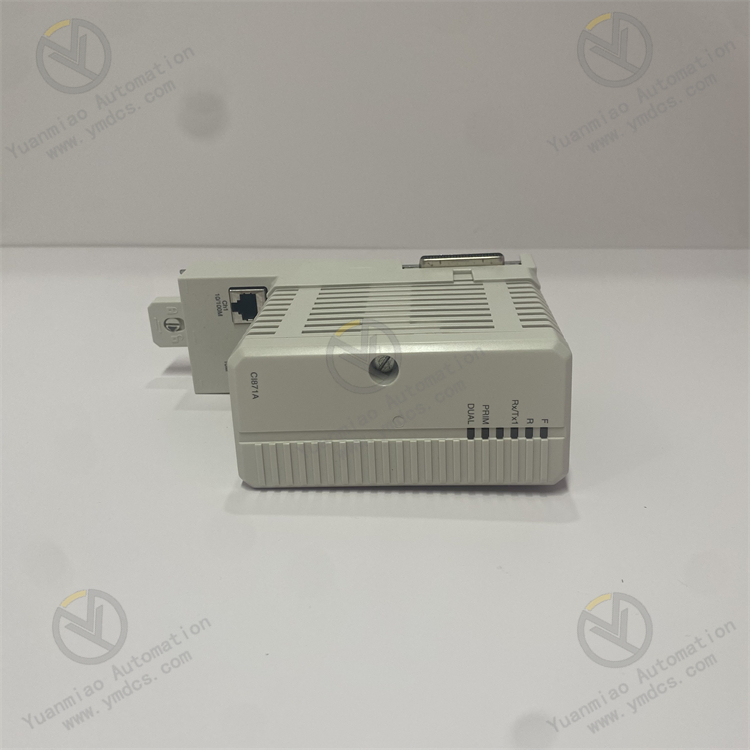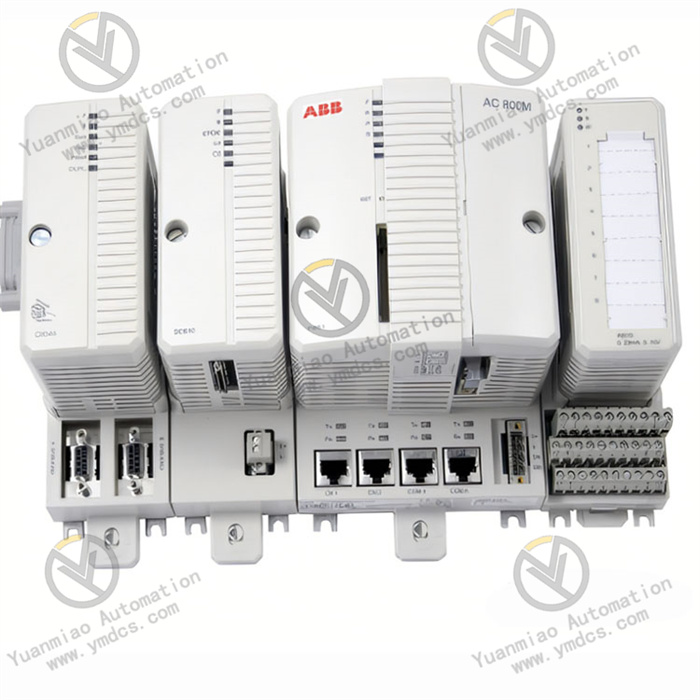Description
GE DS200TCEBG1ACE
Overview
The GE DS200TCEBG1ACE is a specialized industrial control component designed for complex automation systems, mainly used in power generation, petrochemical, and heavy machinery control scenarios. As a key part of GE's DS200 series, this device serves as a terminal board or control module, focusing on analog signal processing, system interface expansion, and real-time data transmission. It enables seamless integration with sensors, actuators, and supervisory control systems, ensuring stable operation and precise monitoring in harsh industrial environments.
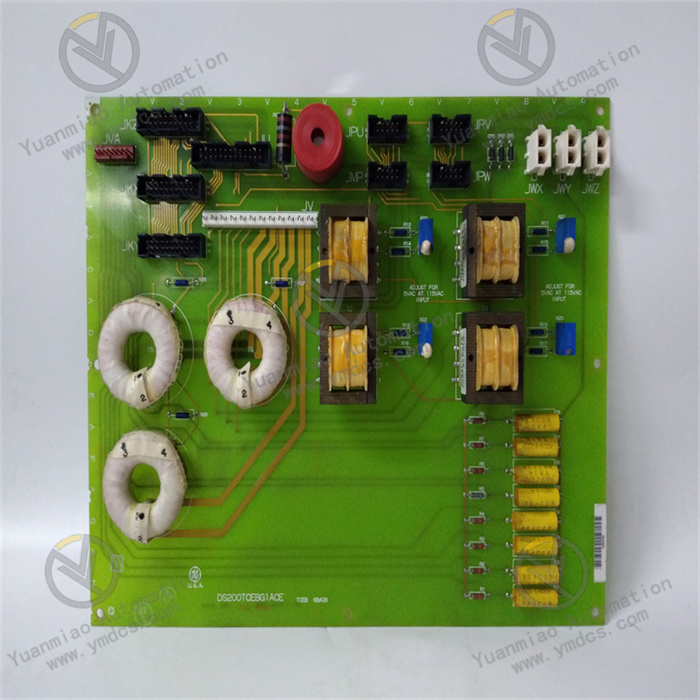
Technical Parameters
- Power Supply:
- Voltage: 24V DC (with ±10% tolerance)
- Power Consumption: ≤12W
- Electrical Specifications:
- Input Range: -10V to +10V (for analog signals)
- Output Range: 4-20mA (standard industrial current loop)
- Isolation Voltage: 2500Vrms (between input and output channels)
- Communication:
- Interface: RS485 (supporting Modbus RTU protocol)
- Baud Rate: Configurable from 9600 to 115200 bps
- Mechanical & Environmental:
- Dimensions: 140mm × 90mm × 45mm
- Operating Temperature: -20°C to +70°C
- Protection Level: IP20 (dust-resistant, non-waterproof)
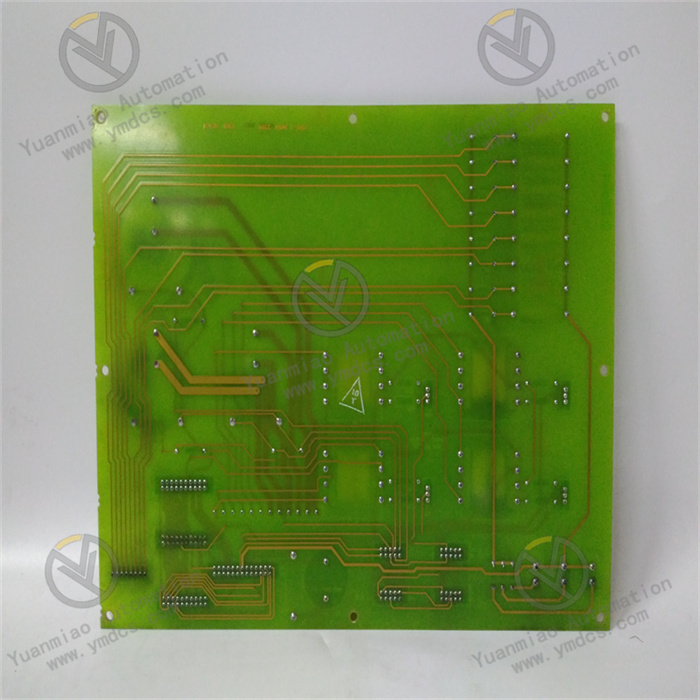
Working Principle
The DS200TCEBG1ACE functions as an analog signal conditioning and transmission hub, with its core working principles as follows:
- Signal Acquisition: Converting physical parameters (such as temperature, pressure, and flow) from sensors into electrical signals (voltage or current) for subsequent processing.
- Signal Conditioning: Amplifying and filtering raw signals through built-in operational amplifiers and analog filter circuits to eliminate noise and ensure measurement accuracy.
- Electrical Isolation: Adopting optocoupler or magnetic isolation technology to separate input and output circuits, effectively preventing ground loop interference and electromagnetic interference (EMI), and ensuring stable signal transmission.
- Protocol Conversion: Translating analog signals into digital data compatible with industrial communication protocols (e.g., Modbus) to enable seamless integration with PLCs, SCADA systems, or other control devices.
- Fault Diagnosis: Implementing real-time monitoring of signal integrity, and triggering alarm signals via built-in logic circuits in case of over-range, under-range, or open-circuit faults to ensure system safety.




